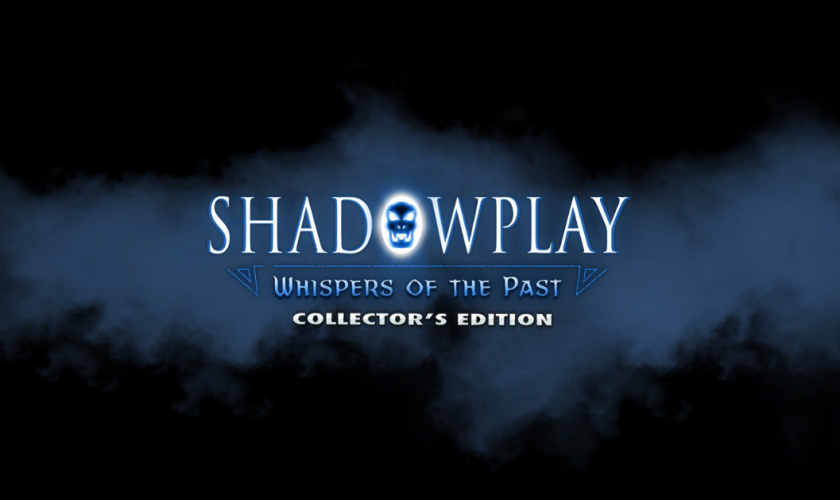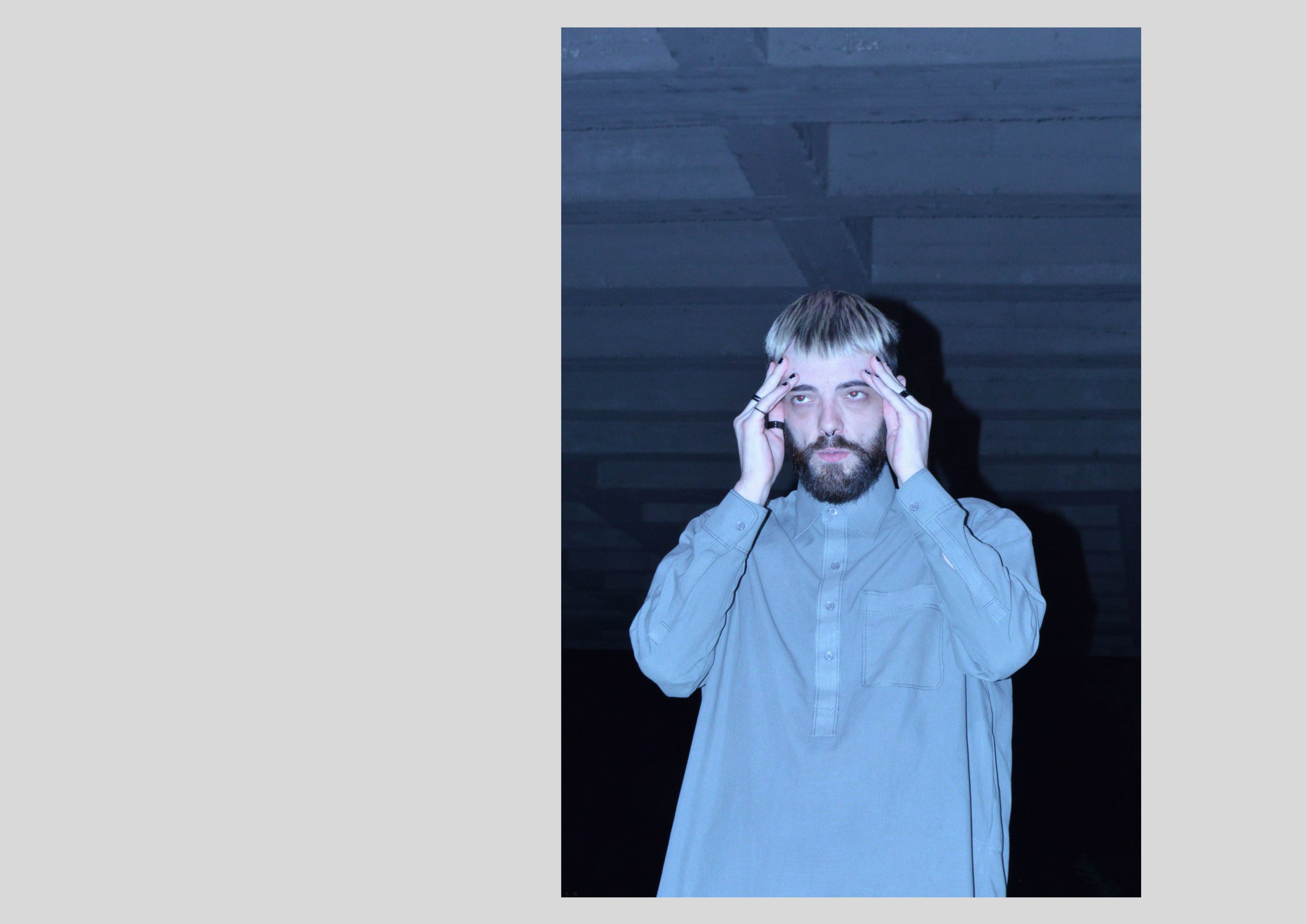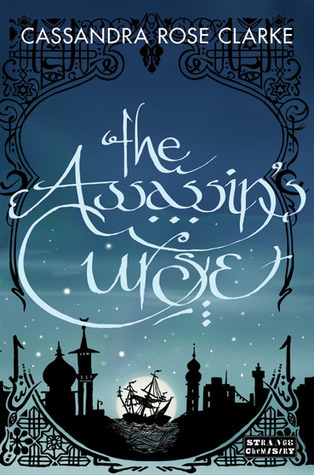January 12, 2018
The first time I ever taught a college-level class was as a graduate student at Atlanta’s Emory University in White Hall, probably the fall 1986. I was the teaching assistant of renown criminologist Robert Agnew. He was out of town at a conference and left it to his 22-year-old TA to give a lecture on some crime theories that were to be covered that day. I spent a week preparing, including jokes and pop culture references I thought the undergrads would appreciate. When it was time to shine, I just froze. Like Cindy Brady on that game show, I was frozen, nailed to podium. My main memory was the realization that I can see my own cheeks. So much for the dazzling young professor.
It wasn’t long before I got my 10,000 hours of teaching in. As a grad student, I was teaching at private Emory, urban community colleges, and rural universities up in North Georgia. All my peers were musicians and I had found my own performance platform. Give me a topic and I was ready to rock it. I had found what I was good at.

My inspiration for my whole approach can be blamed on the British film, To Sir With Love. The 1967 classic stars Sidney Poitier as Mark Thackeray, an American teacher thrown in with a bunch of working class “unteachable” students. It’s the racial opposite of all the American white savior pics, like Dangerous Minds, where a rebellious white teacher shows all the minority kids why they should value education. Thackeray is black and his students are white and he soon realizes a traditional curriculum isn’t gonna a work with these hoodlums so he throws their school books in the trashcan and takes them out museums and shit for some real-world lessons. Cue greatest theme song ever.
I had a similar moment at Emory when I realized that not only were my bourgeois students not doing the readings, they weren’t really taking my class seriously. Channeling Sidney (who shares my birthday), I threw all the books out of the classroom window in the Candler Library. I cancelled all the quizzes and exams and told them that now the only requirement was that they come to class and participate. They were always bugging me, on nice days, to have class outside on the grassy Emory quad. I told them we would now have every class outside, no matter what the weather.
That little tantrum paid off because that was the most engaged I had ever seen students on that campus. They read, discussed, and did a lot of the work for me. There were days when it was a brutal Georgia thunderstorm and we’d be sitting in the grass, soaking wet, discussing semiotics and doing class analysis of subcultural phenomenon. People must have thought we were crazy but I still hear from those students.

There are two general ways of thinking about teaching at the university level, what we call pedagogy. One is the “sage on the stage” who stands up there and shares his or her knowledge with the lucky students. The other is the “guide on the side” who facilitates the learning process, building on the student already accumulated knowledge. As I began to fashion myself as a feminist educator, the guide on the side made much more sense. I could assign a book, like The Beauty Myth, but, the real learning came from the testimony from female students. Similarly, I would tackle race by assigning a classic like The Autobiography of Malcolm X, but the students of color would have the real authority on the topic. I just sit there with my coffee taking it in.
My teaching style over the years has been a bit more like a grand performance art piece. Once, on the first day of my Youth Subcultures class at Portland State University, I walked in the classroom and asked to the students to follow me. Like the Pied Piper, I led them outside to Southwest Broadway, the main boulevard that runs through campus. I asked the students to lie down in the street. They did, stopping the busy traffic across three lanes. It looked like a protest but I was trying to make the point about the street as a multi-facet metaphor for youth in America. We were literally on the street. That one got back to the dean.

I’ve been mourning my exit from PSU and sad that my program at the University of Oregon was defunded, throwing a lot of committed teachers out of work in favor of some “on line learning” alternative. There is nothing that matches the magic that happens in the classroom. So I couldn’t be more exited to finally be back in the classroom teaching sociology. I started my adjunct position at Portland Community College on Wednesday with a discussion of how the sociological imagination liberates us from the boxes that we have been shoved into. Like getting back on a bike, I was right back in the zone. This stuff matters.
In a time when universities are shedding tenure track faculty in favor of websites, the vitality of the classroom is the last fortress of our shared Enlightenment values. Online education is a hoax. Research demonstrates that online students retain less information. (There are some effective online classes and, for some students, it is their only access to higher education.) The student who is registered for the class may not be the one who is actually taking it and the professor who is listed as the instructor may not be the one who is actually teaching it. It’s a money making fraud. So back I’m there in the classroom. I don’t need a Powerpoint slideshow or any fancy technology. I just need students who are ready for an adventure. I’m back, let’s go.
Advertisements Share this:





